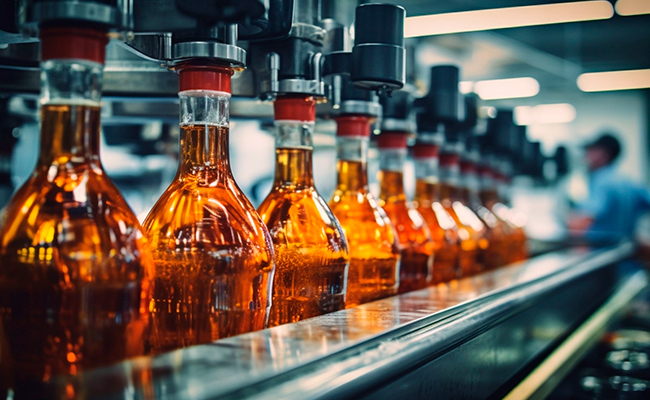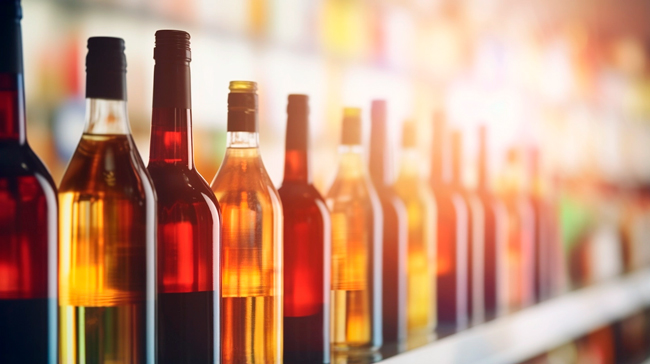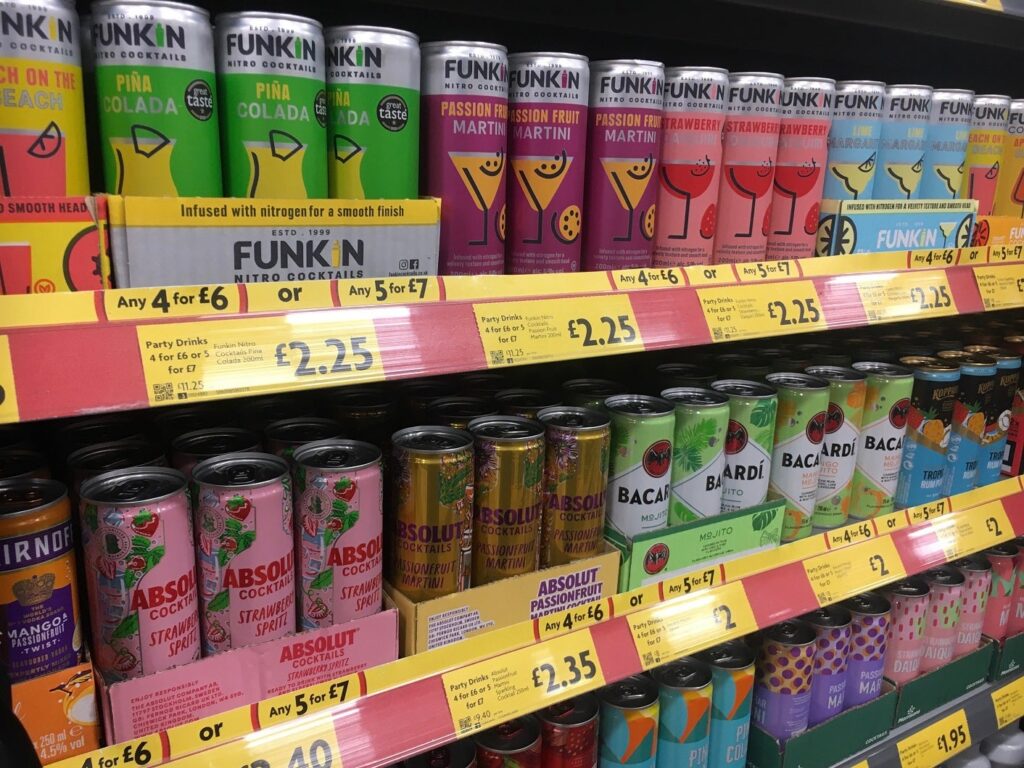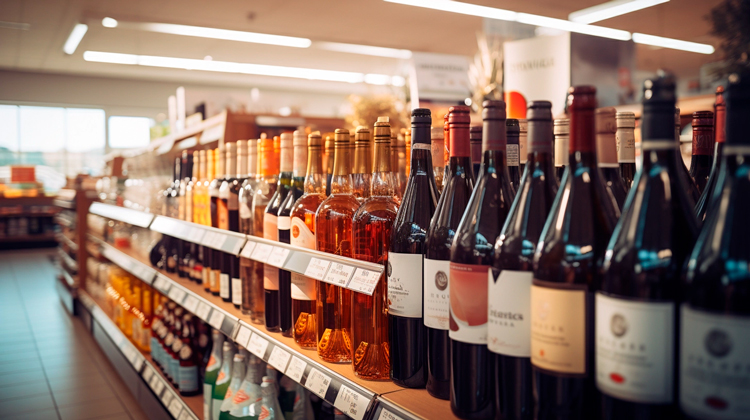
Slowing Tequila and resurgent vodka frame outlook for unaged spirits in 2024
A cooling high-end Tequila market and a rallying of the vodka category are two trends to watch in unaged spirits in 2024.
There are any number of fascinating trends affecting the world of unaged spirits as 2023 draws to a close – agave spirits at a crossroads, RTDs continuing their flex away from hard seltzers, moderation and low-and-no – but there’s one category that I won’t be spending much time on as I look forward to 2024: gin.
Not that gin is dead, or dying, or even in drastic trouble; just that, right now, it’s not all that interesting. The peak is long past in the UK and Spain but there are still some good pockets of growth across Europe and the US, particularly for higher-priced products. Beyond that? Still a focus category for brand owners but otherwise it feels like the story has moved on.
Agave: fragmentation beckons
You don’t need to be a cynic to feel that, when a category has been experiencing dynamic – in this case, pretty much unprecedented – growth for a number of years, it’s only a matter of time before fortunes start to turn.
There are clear signs from the US that the luxury agave boom – well, let’s be honest, despite the growth of mezcal, it’s a luxury Tequila boom – is cooling significantly. That’s probably not all that surprising, given the remarkable trajectory of the past decade; it’s what happens next that intrigues.
If consumers in the US – still, let’s not forget, the market for the category – are beginning to trade down, that might not be as bad for brand owners as we might think. With agave prices finally falling, they suddenly have a little bit more margin to play with, plus they can afford to give Joe punter a better-quality product at more or less the same price.

That said, as previously overstated growth projections are downgraded, how should brand owners respond? Might this finally be the time when people really – and I mean really – take seriously the prospect of globalising Tequila’s appeal? Consumers in a number of markets are – at last – beginning to get past the historic shot/slammer/hangover cliché, so it feels as if the stars are aligning.
And what about broadening agave’s (and alt-agave’s) appeal? There’s been more noise than substance to date about the rise of mezcal but if consumers beyond US style bars get turned on to it and the other category niches – sotol, raicilla, bacanora, plus non-Mexican agave spirits from the likes of South Africa, India and the US, not to forget flavours and RTDs – then that will give the broader category some new news to maintain interest and relevance.
RTDs: let the chaos continue:
Trying to keep up with the RTD category is a bit like trying to keep control of a hyperactive toddler. You don’t really know where they’re going to go or what they’re going to do next but you daren’t take your eyes off them.
As with agave, the US here is crucial in terms of volumes and influence: the pandemic hard-seltzer high has passed now and its monolithic dominance has been swapped for something rather more complex.
Well, not that complex. RTD trends are sometimes hard to decipher and always fast-moving but the crux of the category remains the same and the clue’s in the title: ready to drink. Convenience and ease of use are the touchstones here.

RTD cocktails on sale at Morrisons, Sidcup, UK, 23/12. Credit: Just Drinks
Hard seltzers fulfilled that need but their ubiquity has brought fatigue and image issues; consumers are tending to favour the perceived quality offered by spirit, rather than malt, bases – and the excise disparity between the two segments is beginning to narrow in the US.
There’s a multitude of high-potential segments out there, from hard coffee to hard kombucha but if I had to hang my metaphorical hat on any trends at the moment, it’d be the slight polarisation between cheaper, lower-abv, simple vodka/Tequila and soda/lemon etc cans on one side; and premium, higher-abv, bottled and ready-to-pour cocktails on the other.
They’re serving different occasions and, to an extent, different demographics but they share the same compelling reason to purchase: chill, open, pour and enjoy.
Vodka’s bouncebackability:
If the straightforward vodka/soda mix can win fans outside the US – in a way that hard seltzers never did nor haven’t yet – then that could add fuel to a bit of a vodka resurgence in 2024 (although higher-priced products haven’t exactly done all that shabbily in Europe this year either).
The simplicity of vodka-based RTDs and their capacity to morph to suit the latest flavour trends is a reminder of what made the category such a huge global success in the past. It’s simple, it’s versatile and it’s easy for time-poor consumers to get their heads around.
Love it or loathe it – but there’s never been a more efficient alcohol delivery system, and its involvement in lower-abv, fresh-tasting drinks – be they RTDs or mixed drinks and cocktails in the on-premise (or home premise) – is well-suited to a world where alcohol is viewed through the prism of wellness and moderation.
I would say that vodka is back – but the truth is that it’s never been away.
Chasing moderation:
If someone stops drinking your product and starts drinking something else, you’ve got a choice: lure them back, or pursue them by making that ‘something else’ yourself and persuading them to try it.
That’s why so many American brewers have waded into RTDs/hard seltzers and that’s why just about every beverage alcohol business on the planet has got into low-and-no in a big way. At a time when people are drinking less – for economic, as well as lifestyle, reasons – this is one of the key battlegrounds of the modern marketplace.
The obvious strategy is one of substitution: you make a low- or zero-alcohol version of an existing, full-strength vodka, gin or whatever and, by doing so, you give the consumer a familiar face on the low/no back-bar or retail shelf. If they’re going to take a break from conventional Tanqueray, why not give Tanqueray 0.0 a try instead?
The logic’s infallible but, as we’ve discussed before, the drawback of that approach is that consumers are making a choice based on what something isn’t, rather than what it is. And the widespread perception is that picking a zero-alc version of a brand is at best a compromise because the perceived quality and flavour just isn’t the same.

Better – but admittedly harder – to create something wholly new and altogether divorced from the world of alcohol, where the target consumer is making a positive decision to purchase, and go on purchasing, based on the fact that drinking it is a positive, enjoyable experience.
Famously, Seedlip’s self-characterising slogan was “What to drink when you’re not drinking” – which was a neat way of introducing curious consumers to the idea of trying the product at a time when they might want to take a break from alcohol.
It’s a good hook but I don’t think it builds longevity, for all the reasons stated above. In a world where people are drinking less, and drinking less frequently, we need to get away from thinking of low-and-no implicitly as a replacement for something better and a drink that can be enjoyable and appealing. After all, nobody keeps on consuming any product begrudgingly forever.
